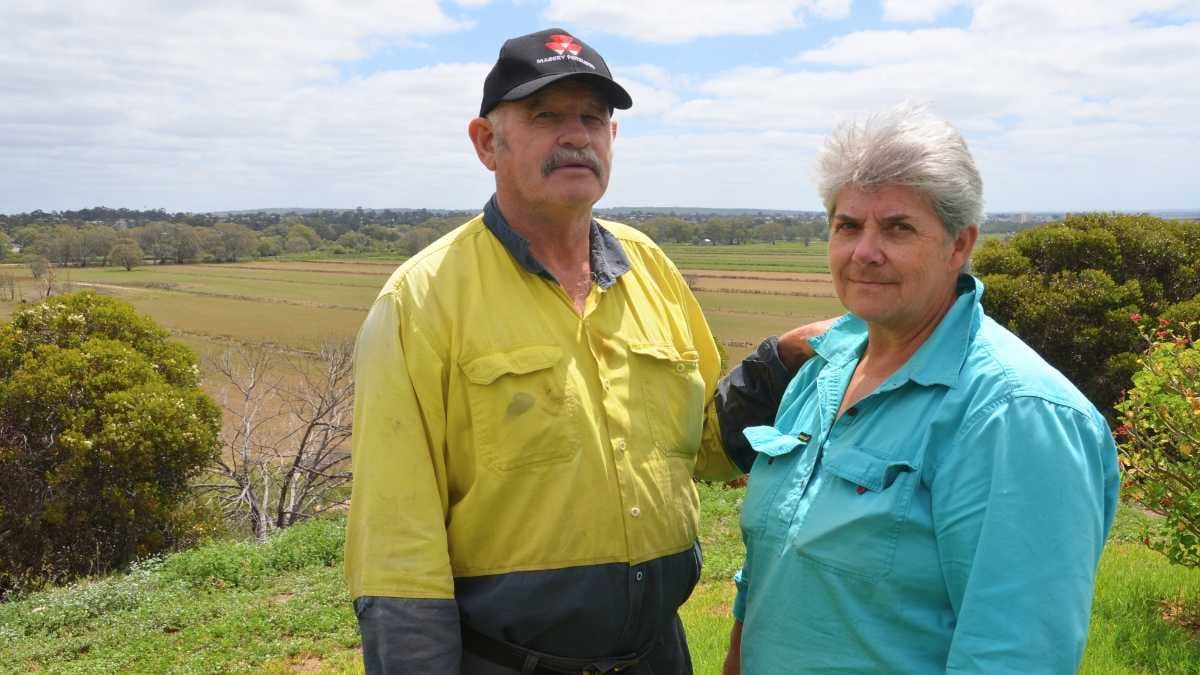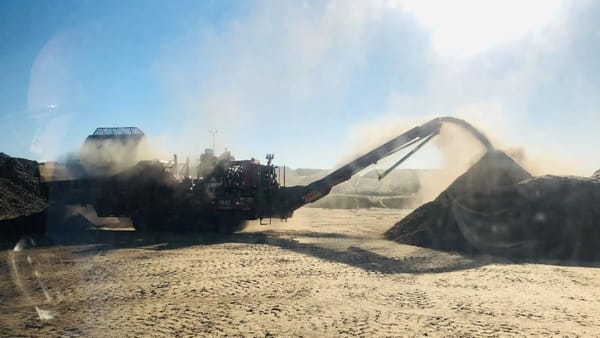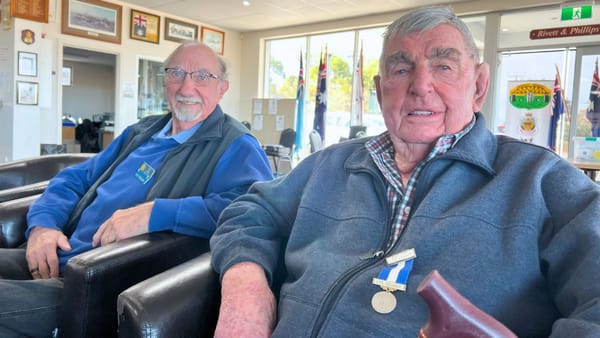Department for Environment and Water failed farmers during floods, inquiry hears
Farmers have savaged the state government over its handling of the 2022-23 River Murray floods, and delays to a parliamentary inquiry into the issue.

Stories create community – that’s why this recent story is now free to read. You can help Murray Bridge News tell our community’s stories by subscribing today.

Twelve months ago, the River Murray flood hit Barry and Joanne Pfeiffer hard.
The Long Flat farmers and their neighbours have incurred more than $1 million in costs since a state government-owned levee broke, flooding their pastures.
The Department for Environment and Water had failed to adequately maintain the levee in the lead-up to the flood, despite being forewarned, they said.
On the day the levee broke, no emergency services had showed up to help with the evacuation.
In the weeks afterwards, it was farmers – not government officials – who had organised for water to be pumped off the floodplain, and for recovery events to help people come to terms with what they had endured.
Now, a year later, they still didn’t know whether their levee – or two dozen others along the Lower Murray – would ever be adequately rebuilt.
A parliamentary inquiry into the flood response recently had its deadline pushed back to May 1, despite having stopped taking public submissions in early November.
“It doesn’t give you much confidence,” Ms Pfeiffer said.
“We can’t afford to let (the flood recovery) disappear off the front page – there’s too much at stake.”

Meanwhile, in a plushly carpeted room at Adelaide’s Old Parliament House, the chief executive of the department which manages the Lower Murray’s levees said it had done a fine job during the floods.
At a hearing on December 15, Ben Bruce told the inquiry the feedback he had received about the Department for Environment and Water had been positive overall, though “there are different people all over the place who have different views”.
Yes, there were ways DEW could have communicated better, he said.
But “there was a lot of communication … whether or not people understood it, whether or not people chose to read it”.
Perhaps the public had “misunderstood” flood forecasts; perhaps people “didn’t pay attention” to the nuances.
Stories create community. You can help Murray Bridge News tell our community’s stories.
He did not give much away about the government’s long-term plan for the levees, citing the need for confidentiality around negotiations with the federal government.
“We have a plan … and we are negotiating with the Commonwealth around that,” he said.
“There has been some LiDAR (surveying) work, and there has been some basic work done in terms of just that immediate repair.
“In terms of comprehensive analysis, looking into the levees and working out the structural integrity, that will come moving forward as part of a longer term program.”

Other submissions to the inquiry were not so kind to DEW as the department was to itself.
Dairy farmer Roger Schmidt said government agencies could have saved his property at Cowirra from inundation, but failed to act.
Les and Daniel Martin suggested that authorities breach the Wall Flat levee on purpose, so that it would be easier to repair after the flood.
They weren’t listened to – so the levee broke in seven places instead.
At Jervois, SA Dairyfarmers Association president Andrew Curtis said, police had been called to try and stop farmers working on the levee.
“If they had not (reinforced it), the levee would have, without any shadow of a doubt, failed,” he said.
“At least $50 million worth of assets, including the Beston Global Foods factory, would have been exposed to floodwaters.”

When it came to cleaning up, Regional Development Australia Murraylands and Riverland’s Jodie Hawkes said her organisation had presented a draft recovery plan to the state government in December of 2022.
It was “entirely disregarded”, and it took another six months for the state government to come up with its own plan.
Mr Curtis argued that DEW looked even worse in light of a 2020 report, commissioned by the state government, which had warned that its levee maintenance was not up to scratch:
There is no clarity on the level of protection (levees) are meant to provide or their maintenance status. This results in uncertainty about levee bank performance during a flood: are they fit for purpose and can they provide the flood risk mitigation for which they were originally constructed?
Flood-related property losses would have been “substantially mitigated” if DEW had bothered to act on 11 recommendations in that report, Mr Curtis said.
He recommended that Primary Industries and Regions SA be put in charge of the levee network instead.
“PIRSA’s action in managing the dewatering event stands in stark contrast to DEW’s responsibility in preventing it,” he said.
“DEW’s response during the emerging stages of the flood was to do nothing … until it was too late to do anything because it had become unsafe to do so.
“This amounts to an effective abrogation of responsibility by DEW.”
The inquiry will continue with a hearing in Murray Bridge on a date yet to be announced.

Disclosure: The author also made a submission to the inquiry, based on his reporting on the flood emergency throughout 2022-23; you can read it at www.parliament.sa.gov.au by clicking on the arrow next to “2022-23 River Murray Flood Event”, then “submissions”, then the download icon next to submission 006.





